- Blog
07/08/2025

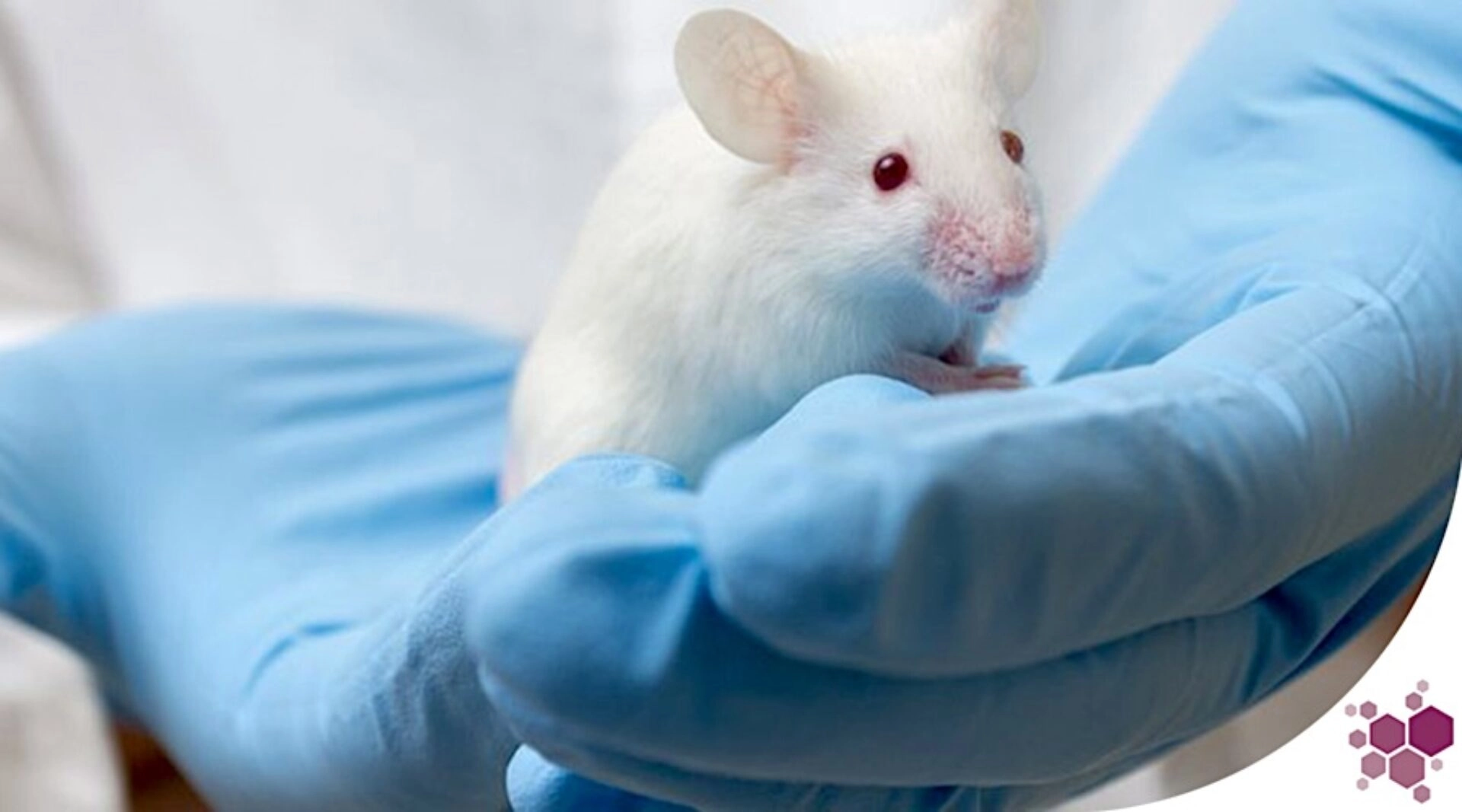
Noise has always been considered as a nuisance for humans. Its effects are numerous and varied, ranging from hearing loss to disturbances in sleep, psychological state, performance, and behavior. Measurements (in decibels (dB)) allow disturbance quantification in our personal (for example, living near a highway) and professional environment (working in a factory with noisy equipment). Alert thresholds and measurement devices help assess the need for implementing protective systems (such as noise barriers near highways or noise-canceling headphones for factory workers) (Berglund et al., 1999). The decibel is a unit of measurement of sound intensity linked to a logarithmic scale. In humans, the minimum threshold of audibility is 0 decibels, and the maximum audible threshold is around 134-140 dB.
Similar to humans, noise affects mice used for scientific purposes. This is particularly important to consider as the living conditions of mice do not allow them to escape this nuisance (the implementation of resilience mechanisms is therefore compromised), and these nocturnal animals experience more disturbance during their sleep phase. For a long time, the scientific community has shown that noise can affect many behavioral and physiological parameters, which can impact scientific results. Prolonged exposure of mice to significant noise, especially within their auditory spectrum, can have teratogenic effects and impair reproduction (Peterson, 1980). The audible sound spectra of mice and humans differ. Humans perceive frequencies between 20 and 20,000 Hz, frequencies between 400 and 4,800 Hz are critical for speech. Rodents produce and hear, in addition to sounds audible to humans, sound frequencies higher than the human audible sound spectrum, up to over 80 kHz (Otto & Jürgen, 2012) (see Figure 1).
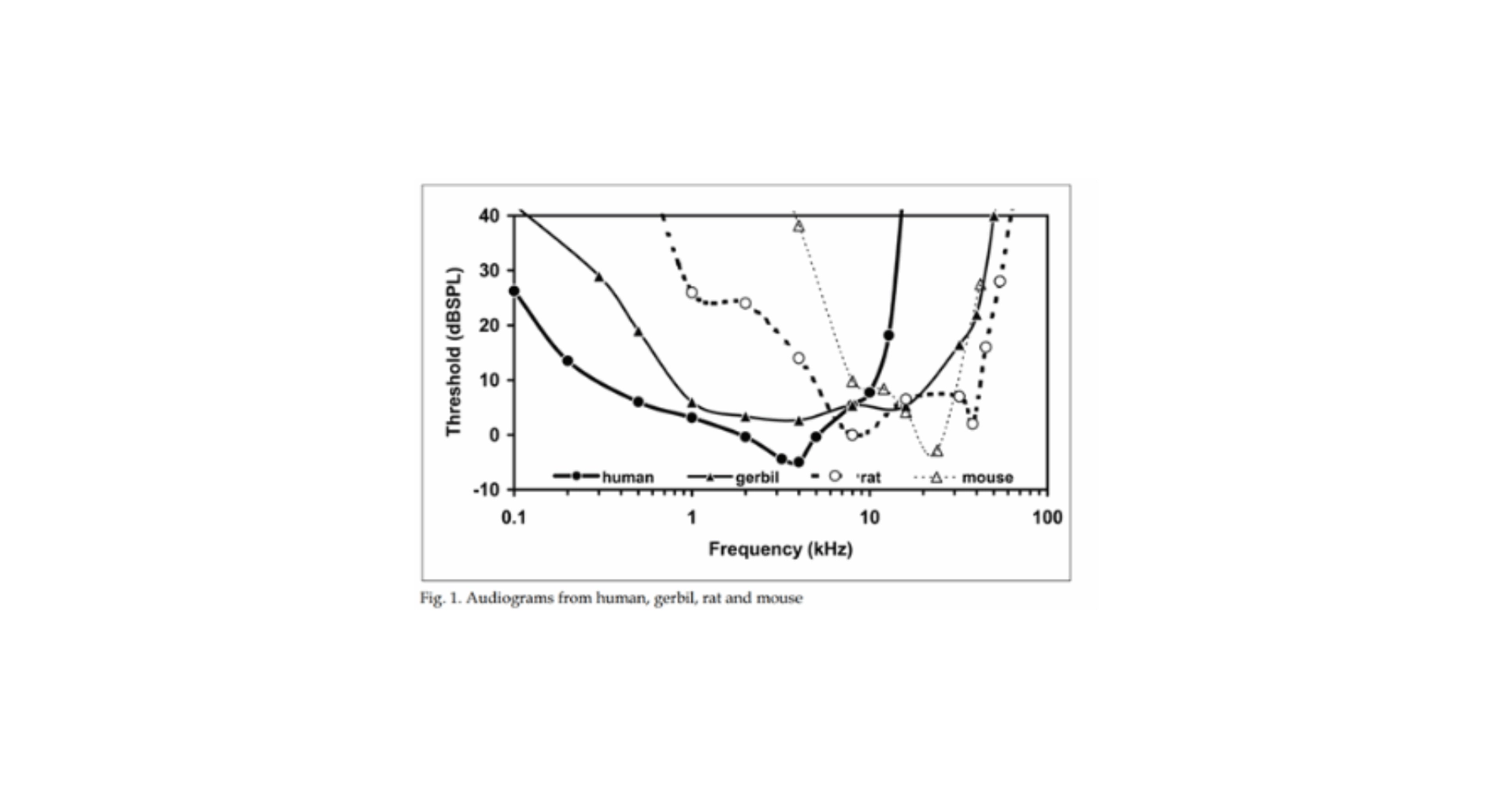
Figure 1: Figure 1 from Otto & Jürgen study, 2012.
A chronic exposure to noise greater than 85dB can cause permanent damage to the cochlea. However, the guide for the care and use of laboratory animals (Committee for the Update of the Guide for the Care and Use of Laboratory Animals et al., 2011) indicates that exposure to noise below this level can also cause effects on the auditory system and other parameters.
A chronic noise can negatively impact animals starting from 70dB. Particularly sensitive models may be disturbed by sound levels exceeding 45dB (see Figure 2). Chronic exposure to these lower sound levels (approx. 45-55dB) does not alter the auditory system but can impact other functions, including sleep and the cardiovascular system (Turner, 2020).
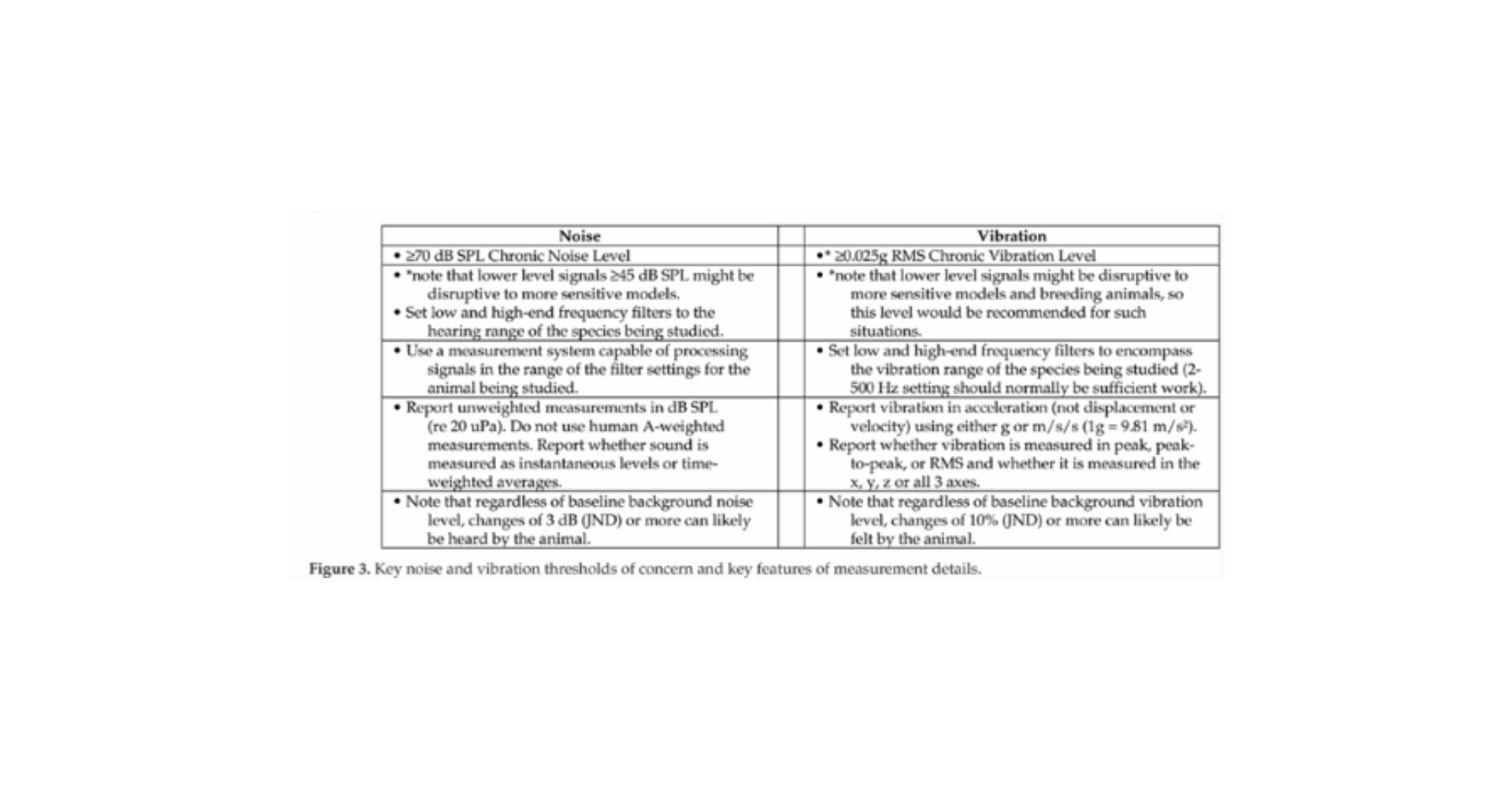
Preserving tranquility is a resonating priority at every moment! At TransCure bioServices (TCS), we constantly monitor noise and vibration with the aim of exceeding these thresholds as little as possible. Chronic noise is around 55dB (with the Peak Sound Presure Level (SPL) measurement) and the noise threshold of 70dB is exceeded by only 3 minutes per day on average.
Noise activates the sympathetic system and induces a stress response with characteristics similar to those induced by other sensory stimuli. Specifically, these effects include alterations in endocrine and cardiovascular functions, disruptions of the sleep/wake cycle, increased susceptibility to epileptic seizures, and behavioral changes (Turner et al., 2005) (see Figure 4). Many factors modulate these effects, such as mouse strains, sound level, duration and predictability of noise, individual animal history, and the context of noise exposure (Turner, 2020).
Figure 3: Figure adapted from Spreng, 2000. Diagram illustrating the link between auditory stimulation and the autonomic nervous system, particularly the endocrine system (sensation – emotion). The amygdala, which is part of the auditory system and is involved in the subcortical fear memory system, plays the most significant role by specifically responding to prolonged undesirable noise signals and causing increased (chronic) release of stress hormones (e.g., cortisol). The impact of noise on motor responses, stress hormone release, the autonomic nervous system, and emotion regulation leads to effects on animal behavior, sleep-wake cycle, and heart rate. Direct implications within TCS involve studies on the immune system (oncology and infection platforms) and the digestive system (inflammation platform) via immunosuppressive and pro-inflammatory mechanisms.
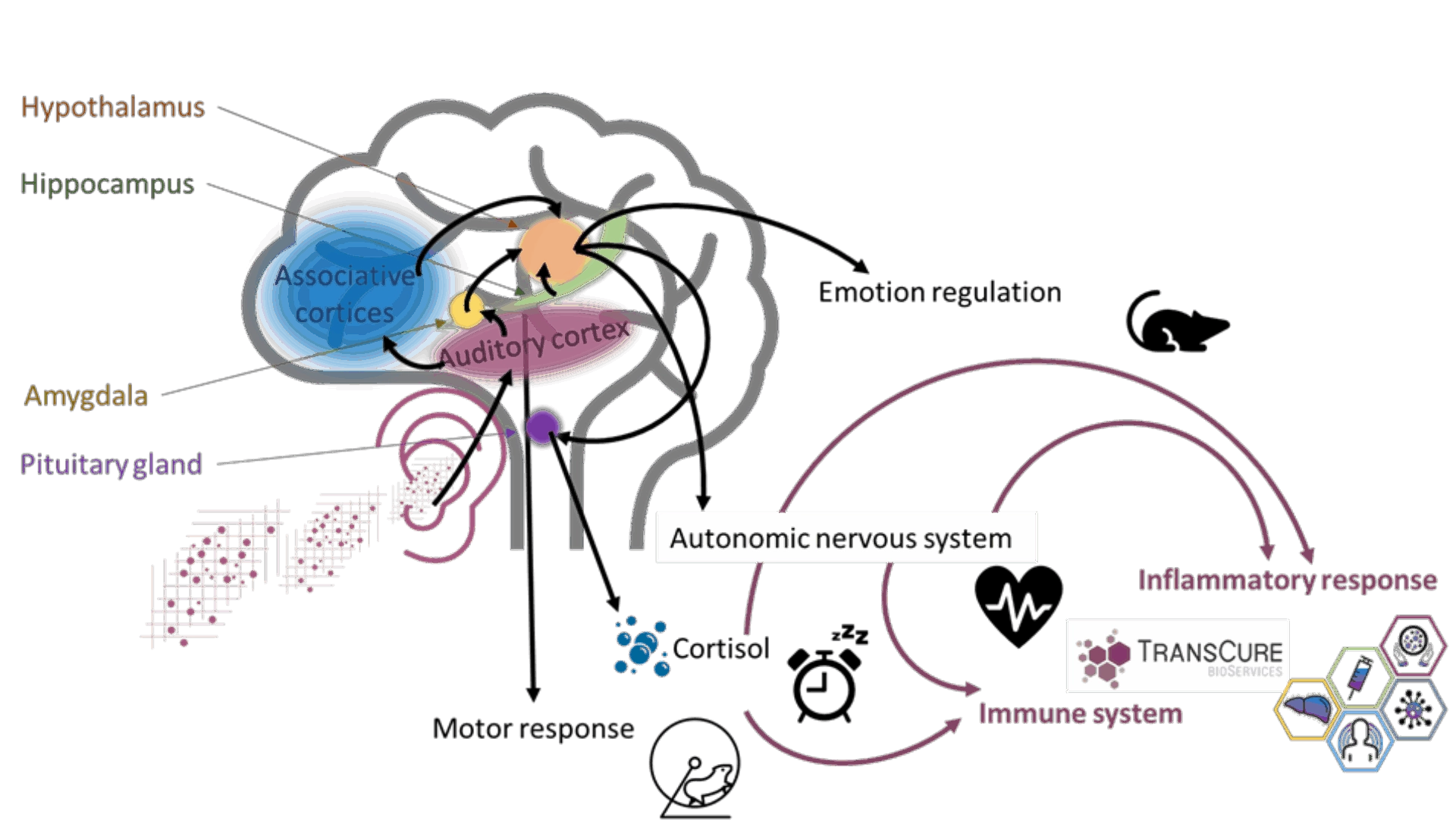
Noise notably impacts tumor resistance and immune response (cyto-destructive effect, promotes oncogenic viral infections, and affects host defense mechanisms) (Peterson, 1980). It is primarily through the activation of the hypothalamo-pituitary-adrenal (HPA) axis that noise has an impact by increasing stress hormones, leading to immunosuppression (eosinopenia) and digestive issues (particularly stress-related ulcers).
Noise come from:
At TCS, we’re not just reducing noise; we’re redefining silence in the scientific community. Our state-of-the-art IVC system from Allentown, heralded for its whisper-quiet operation (for an in-depth look, see Blog #4), sets the foundation of our serene environment. Complementing this, we’ve integrated anti-vibration mats beneath the racks, significantly diminishing any residual vibrations. Our strategic layout further amplifies our commitment to tranquility: housing, procedure, and changing rooms are meticulously segregated. This design not only minimizes the intrusion of procedural and equipment noise but also reduces staff traffic within the housing areas, ensuring an undisturbed and peaceful setting for our work. At TCS, we’re crafting the sound of silence to elevate the precision of our scientific endeavors.
At TCS, we deeply understand the impact of noise on our environment and work. Every staff member is trained to appreciate the significance of maintaining a quiet space. We handle cages with utmost care and practice discretion in our conversations, opting to whisper when necessary. This collective mindfulness ensures our workspace remains a sanctuary of focus and precision.
Figure 4: A zootechnician working in a housing room.
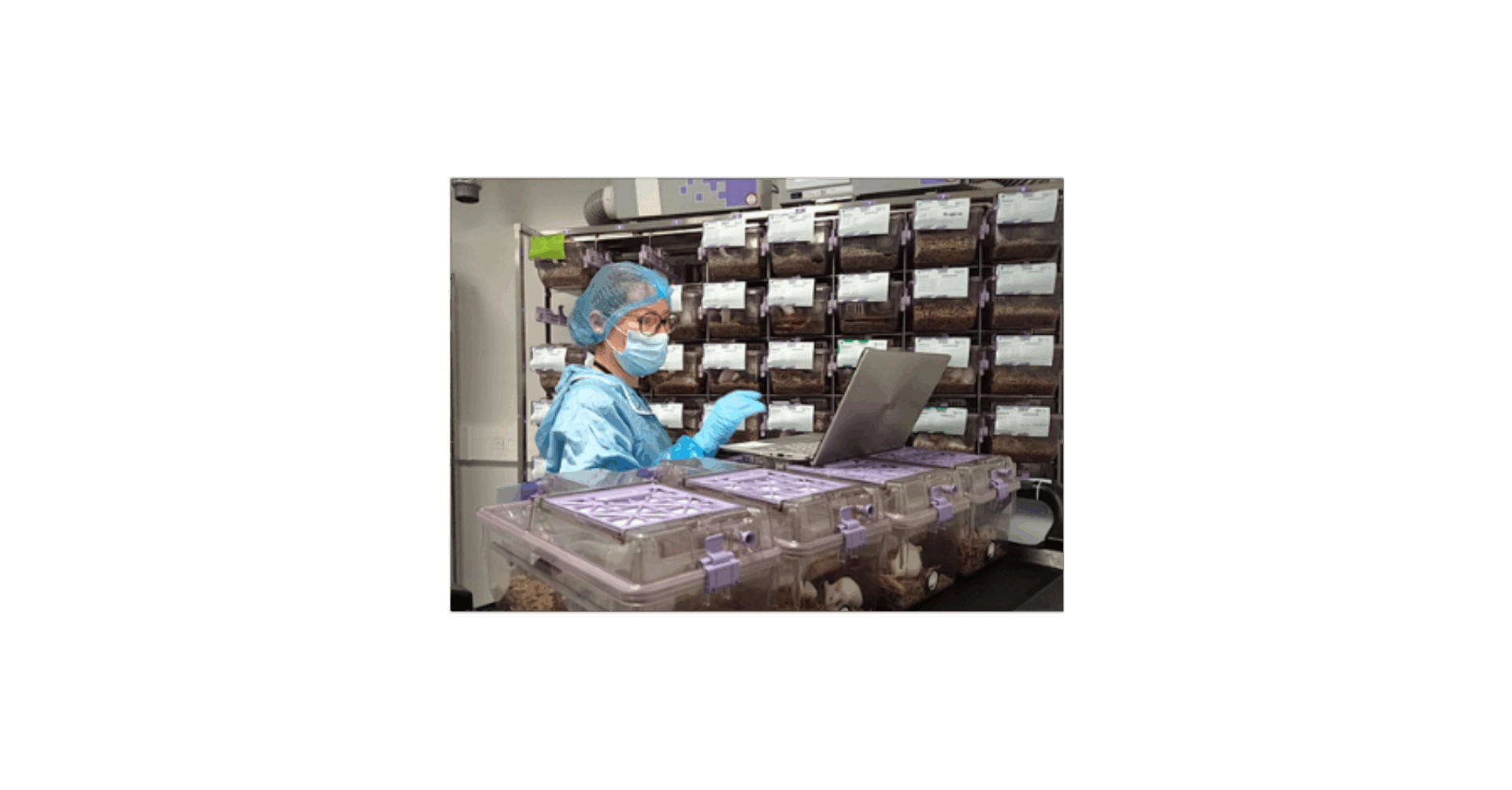
We proactively manage our environment to ensure it promote positive behavior and well-being. At TCS, negative social interactions and stereotypical behaviors, even when minor and brief, are not overlooked. Our response involves augmenting enrichment, tailored to address these specific needs. Additionally, we meticulously regulate rack density in housing rooms, emphasizing the importance of space and comfort. This thoughtful approach underscores our commitment to fostering a harmonious and supportive setting.
In addition to all the actions listed above, at TCS background noise is used in all housing rooms to mitigate the impact of sudden noises on the mice.
The noise in housing rooms impacts both the well-being and health of the mice, as well as the quality of scientific research. Thus, paying particular attention to this environmental parameter improves the transability and repeatability of studies, ultimately reducing the number of animals used for a scientific project.